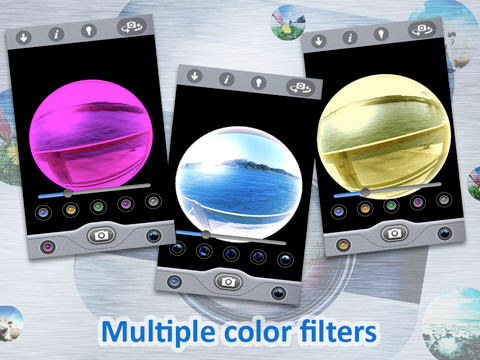

Select black in the color picker, and then hit OK to see how your faux fisheye photo looks. From the Adjustment Layer menu in the bottom of your Layers Panel, choose Solid Color. Doing this will make sure your selection encloses everything outside the circle you just drew. Final Step Now reverse your selection by typing Control (Command on a Mac) + Shift + I on your keyboard. If your selection isn’t in exactly the right place, use your arrow keys to nudge it so that it encompasses all the important elements of your picture. Hold down the Shift key and drag the cursor diagonally to make a circle that fits inside the image. Then put your cursor in the top left-hand corner of your photo, just inside the border. Get the Elliptical Marquee tool, and set a very slight bit of feathering: 2 pixels should do it. Step 4 With the distortion all set, now we’ll add the black circle. Note: Another way to increase the Bend is to grab the small square in the center of the grid’s top line, and pull it upward. (With a real fisheye lens, the closer you are to your subject, the more distorted it becomes.) When you like the way it looks, hit Enter on your keyboard to keep your transformation. The default usually provides enough distortion, but if you want more, increase the Bend percentage. Then, in the pulldown menu in the Options Bar, choose Warp: Fisheye. Step 3 Now it’s time to add some distortion to your photo. Shortcut alert: A quick way to duplicate your Background layer is to drag it down to the New Layer button in the Layers panel. Step 2 Since the Warp transformation can’t be applied to the Background Layer, work on a duplicate. Note: When cropping, keep in mind that you’ll lose a bit of the information on all four sides in the transformation to a fisheye look. Hold down the Shift key to keep it to a perfect square, and crop your image with a circular final product in mind. Get the Crop tool by typing C on your keyboard. Step 1 Begin by cropping your photo to a square shape, ensuring the distortion you’ll add later will look more realistic. The technique works best on images that have lots of horizontal and vertical lines, so the distortion really stands out. To do it, use the Warp tool, introduced in version CS2. One quick and easy trick: Make an ordinary photo look like it was shot with a circular fisheye lens, with its telltale shape and black background. There’s a band of silver paint at the base of the lens that does give it a bit of a. But sometimes it’s fun to do something wacky, taking an image to an entirely different place. The Panasonic 8mm f3.5 Fisheye is a plastic barrel lens, with metal at the mount. So often, we use Adobe Photoshop just to fix pictures-to correct white balance, add contrast, or remove elements that don’t belong.


 0 kommentar(er)
0 kommentar(er)
